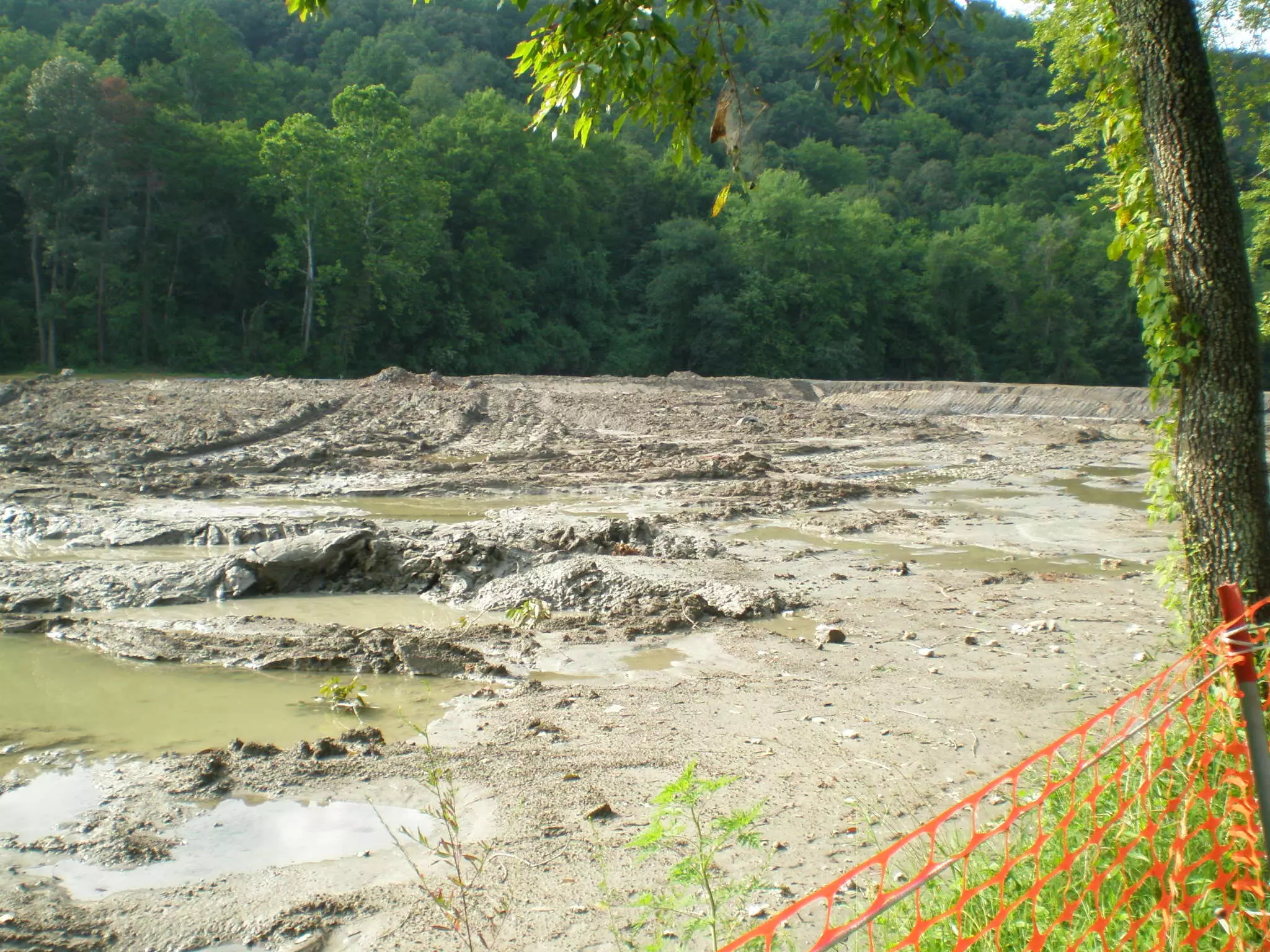Coal ash is known to cause air pollution, which is harmful to both the environment and human health. However, the ash left over from burning coal can also be hazardous. Duke Energy had long stored a liquified form of coal ash in 36 large ponds across the Carolinas. However, in 2014, a spill at its Dan River site released 27 million gallons of ash pond water into the local environment. This incident raised concerns about the dangers associated with toxic elements like arsenic and selenium in the ash.
Uncovering the Complexity of Coal Ash
Research is ongoing to find better ways to use coal ash, such as recycling it to recover rare earth elements or incorporating it into building materials like concrete. However, the question of which sources of coal ash pose a hazardous risk remains a mystery due to its complex chemical makeup. In a recent study published in Environmental Science: Nano, Duke University researchers found that the answers to this question may remain elusive because nobody is thinking small enough.
The Role of Nanoscale Structures
The researchers used the National Synchrotron Light Source II at Brookhaven National Laboratory, one of the newest and most advanced synchrotron light sources in the world, to study the nanoscale structures of coal ash. They found that the amount of toxic elements like selenium and arsenic that can escape from coal ash depends largely on their nanoscale structures.
The researchers discovered that arsenic and selenium are either attached to the surface of fine-grain particles or encapsulated within them. This explains why these elements leach out of some coal ash sources more readily than others. The team also found that different sources of ash respond differently to the same environmental conditions, making the problem even more complex.
The Importance of Nanoscale Mapping
The researchers used the National Synchrotron Light Source II to create a nanoscale map of each particle and the distribution of elements in each particle. The incredible resolution revealed that coal ash is a compilation of particles of all kinds and sizes. For example, in one sample, the researchers saw individual nanoparticles of selenium that were attached to bigger particles of coal ash, which is a chemical form of selenium that probably isn’t very soluble in water. Most of the ash, however, had arsenic and selenium either locked inside individual grains or attached at the surface with relatively weak ionic bonds that are easily broken.
The wide array of differences in the samples highlights why the main characteristic that researchers care about, how much of these elements leach out of the ash, varies so much between different samples. The researchers concluded that they need to pay closer attention to the fine details encapsulated within the end results.
The Origin of Coal Ash’s Unique Composition
While nobody can say for sure what causes coal ash to develop its unique composition, the researchers believe that it is likely related to how the coal was originally formed millions of years ago. Power plants that burn coal may also affect coal ash’s composition. Some plants inject activated carbon or lime into the flue gas, which captures mercury and sulfur emissions, respectively. At 1000 degrees Fahrenheit, toxins such as arsenic and selenium in the flue are gaseous, and the physics that dictate how the particles will cool and recombine to form ash is uncontrollable.
The study highlights the complexity of coal ash and the importance of nanoscale mapping to uncover its properties. The findings will help researchers better understand the hazardous risks associated with coal ash and develop more effective solutions for managing it.



Leave a Reply